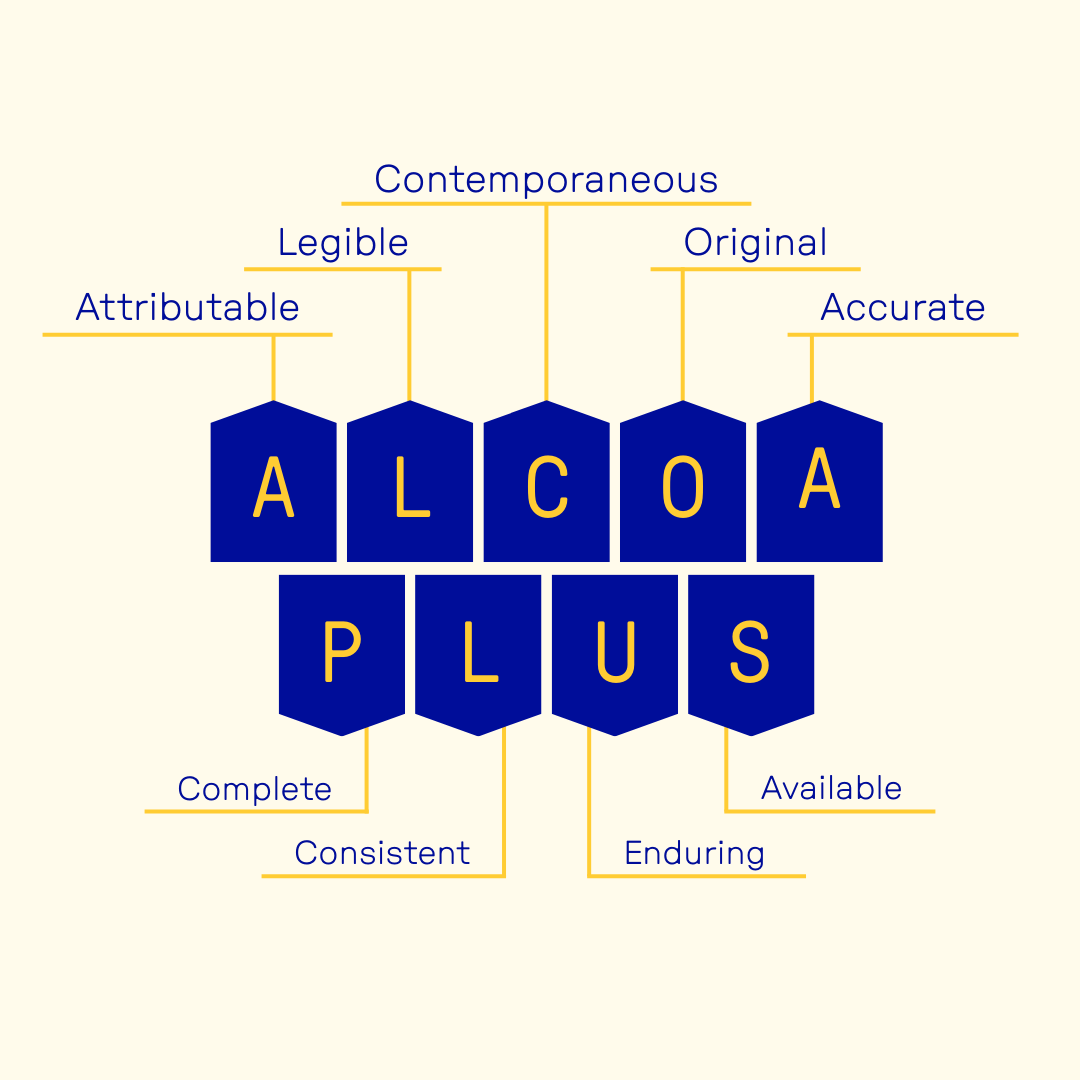Why Bad Data Will Sink Your Radiotherapeutic and How to Protect Your Trial from the Start

Intro
Your molecule may be flawless, but if your data is messy and unreliable, the trial fails and your reputation takes a hit.
Radiopharmaceuticals, especially targeted radiotherapies, offer unmatched precision in treating disease. But that precision becomes meaningless if the data supporting it is flawed. In a therapy where imaging scans, radiation dosing, and patient outcomes all depend on detailed data, even small inconsistencies can create big problems.
Many trials falter not because of flawed science, but due to flawed operations that allow data quality to erode. Once that happens, the damage compounds quickly.
Here’s where the risks start, and how to protect your trial from the start.
1. It Starts at the Protocol Level
Most data errors stem from trial designs that overlook the practical realities of execution.
If a protocol requires frequent PET/CT scans or precise radiation dose calculations without confirming whether all trial sites have the necessary equipment, trained staff, scheduling flexibility, and validated workflows, the data is already at risk of being compromised before the trial begins. This is especially common in global trials where nuclear medicine resources vary widely.
Experts in theragnostic medicine need to ensure that they are building protocols around what imaging and therapeutic workflows can actually support—such as confirming site access to standardized radiotracers, calibrating scanners for quantitative accuracy, and aligning dosimetry methods across centers. Build in a pre-study site survey to verify imaging and radiation capabilities before locking the protocol.
Operational foresight sets the foundation for consistency, accountability, and clarity across every touchpoint in the trial. Teams must align protocols with real-world site capabilities, integrate imaging and therapeutic workflows, and centralize quality controls early to prevent downstream variability - leading us right into the next key risk…
2. Inconsistent Data = Inconsistent Outcomes
For theragnostic trials, the evidence hinges on comprehensive data integrity—across imaging, clinical, and operational domains. PET/CT scans, tracer uptake values, lab data, adverse event reporting, and radiation dosing must all be consistent and accurate to demonstrate safety and efficacy. Even small gaps or inconsistencies in any of these areas can distort trial outcomes.
Different scanners at different sites, poor calibration, or missing image timepoints can all lead to noisy, confusing data. Imaging in theragnostics carries a heavier burden than in conventional drug trials—it defines whether the therapy is working as designed.
Prevent drift by requiring site calibration scans with phantoms, standardizing protocols, and monitoring with automated QC dashboards. Pair that with timely data entry and edit checks so errors are caught within days, not months. Tools like automated image quality checks, centralized data review, and monitoring dashboards can help catch inconsistencies within days—not months—before they compromise trial outcomes.
3. Data Breakdowns Cost You Time and Credibility
Every inconsistency in your dataset has a ripple effect. A missing scan triggers queries, delayed timelines, and frustrated sites. A calibration error forces rescans that eat up patient goodwill and budget. A late or incorrect data entry means your team spends weeks cleaning instead of analyzing.
For theragnostic trials—where imaging and dosimetry are the evidence—these breakdowns quickly erode sponsor confidence and stall decision-making. Instead of pushing your program forward, you end up explaining why data can’t be trusted.
The solution is constant vigilance: real-time dashboards to flag late or missing scans, automated edit checks to catch discrepancies, and feedback loops that keep sites aligned. The earlier an error is caught, the cheaper and less damaging it is.
4. Data is Strategic Capital
Reliable data is one of the most powerful assets in radiopharmaceutical development. Clean, well-organized data speeds up analysis, supports decision-making, and shows your trial is credible.
Imaging biomarkers, response modeling, and exposure trends help sponsors, investors, and partners understand value. But only when that data is consistent and trustworthy.
5. Build Integrity Into the Trial from Day One
Protect your trial from data problems by planning for quality from the start:
• Align with imaging experts early to standardize how scans are done
• Check that your sites can handle the imaging and radiation protocols before activation
• Set up real-time dashboards for scan QC and data entry timeliness
• Automate edit checks (e.g., missing headers, dose discrepancies)
• Make sure your systems meet 21 CFR Part 11 for electronic records and signatures
6. Strengthen Your Clinical Data Backbone
Clinical data platforms should support secure data collection, audit trails, and fast resolution of data issues.
Good clinical data management practices (GCDMP) provide a framework for regulatory compliance and data governance. These include principles like ALCOA+, which support traceability and quality throughout the trial.

That means using secure logins, monitored access, and tools that flag problems quickly. The entire team should be connected through shared systems that are built for reliability. Use cloud-based EDC with imaging integrations so radiologists, clinicians, and data managers see the same information in real time.
7. Quality Control Is Not Optional
When it comes to radiopharmaceuticals, quality control matters: the dose must be pure, sterile, stable, and traceable. These quality parameters ensure the safety and efficacy of the therapeutic product, and any deviation can impact not only patient outcomes but also data credibility. These checks must be built into your product and trial workflows from the beginning.
Pairing strong quality assurance with harmonized imaging and data systems gives your trial the structure it needs to stay on track and reach approval with confidence.
Theragnostic Insights: Translating Innovation into Evidence
At Theragnostic Insights, we help sponsors build radiopharmaceutical trials that generate data regulators trust and investors value. From protocol development and site training to integrated data workflows and imaging alignment, we support every step.
In radiopharmaceutical development, you don’t get a second chance at first data. Protect it.
References:
[1] Institute of Medicine (US) Committee on Strategies for Responsible Sharing of Clinical Trial Data. Sharing Clinical Trial Data: Maximizing Benefits, Minimizing Risk. Washington (DC): National Academies Press (US); 2015. Discusses guiding principles and standards for responsible data sharing across the clinical trial lifecycle. nap.edu
[2] Krishnankutty et al., 2012. Data Management in Clinical Research: An Overview. Indian Journal of Pharmacology. Discusses CDM practices, audit trails, CRF validation, Part 11 compliance, and data integrity workflows in trial design. ijp-online.com
[3] CCRPS, 2024. Data Integrity in Clinical Research: Why It Matters and How to Ensure It. Highlights the consequences of poor data management, including regulatory risk, trial delays, and unsafe approvals. ccrps.org
[4] CCRPS, 2025. Best Practices for Clinical Trials and Data Management. Covers secure platforms, EDC integration, real-time data access, and centralized validation tools to maintain data quality. ccrps.org
[5] IAEA, 2018. International Atomic Energy Agency 6 (IAEA)/WHO guidelines on good 7 practices for quality control of 8 radiopharmaceutical products. Emphasizes radionuclidic purity, sterility, pH, half-life, and endotoxin testing as critical elements for consistent product quality and clinical data integrity. iaea.org
